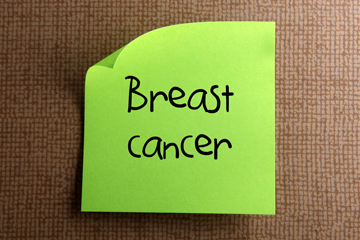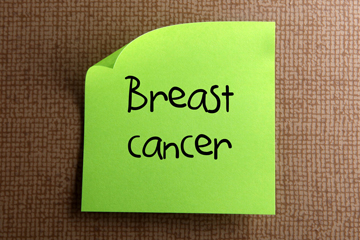
This blog is a continuation of our previous blog wherein we discussed the risk factors, symptoms, diagnosis, stages and treatment options for the disease.
A diagnosis of breast cancer has a huge physical and emotional impact. Making certain adjustments in your lifestyle is necessary to deal with the changes physically and mentally. The physical changes that usually occur due to breast cancer are:
- Hair Loss: As chemotherapy attacks hair follicles, hair loss is common after a couple of weeks of treatment. The hair should grow back once the treatment is complete.
- Changes in Menstrual Cycle: The breast cancer can cause alterations in the normal menstrual cycle as it disrupts normal hormone production. This can result in night sweats, hot flashes, joint pain, weight gain, vaginal dryness, infertility and so on.
- Swelling: Breast cancer condition or radiation treatment might lead to the development of lymphedema in the breast, arms and hands.
- Red Rashes on Skin: Chemotherapy can cause red rashes like sunburn in the treatment area.
- Weight Gain: Radiation, steroidal medication or hormonal therapy can cause weight gain. This can increase the risk for obesity related diseases like high blood pressure, and diabetes.
During and after the radiation, your body might undergo several changes. Here are some things you can do to cope with these changes:
- Maintain a healthy diet – include more fruits, vegetable and whole grains and other healthy items.
- Limit sugar intake.
- Stay physically active.
- If you find any swelling on your body, ask your doctor if you take a diuretic
- If you lose your hair after chemotherapy, consider using a wig, cap or scarf.
- Wear loose clothes to reduce discomfort due to chemotherapy.
- Ask your doctor to suggest some ointments or creams to reduce swelling.
- Apply ice packs to reduce swelling
Breast reconstruction performed by plastic surgeons uses your own breast tissues or silicon or water-filled implants for reconstructing the breast. Prosthetics are an alternative to breast reconstruction. The prosthetics can be slipped into the bra or bathing to fill the space where the breast was. It would provide a definite shape like the original breast and won’t feel awkward. Prosthetics come in different shapes, sizes and material.
Tips to Reduce Risk of Breast Cancer
- Limit alcohol intake
- Maintain a healthy weight
- Follow a low-fat diet
- Be physically active
- Breastfeed your baby
- Limit or say no to post-menopause hormonal therapy
- Maintain healthy lifestyle
Get screened – have a medical checkup and mammogram on a regular basis. Remember that early detection and treatment is the best strategy for a better outcome.

